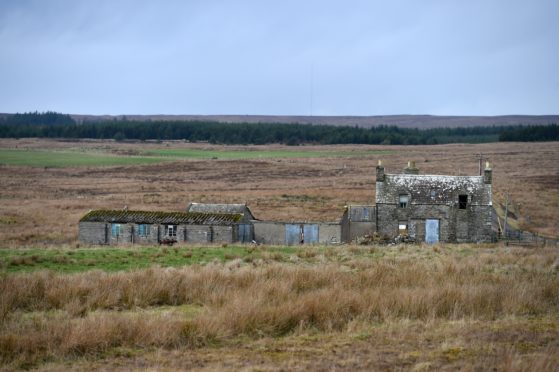Two recently undertaken studies of Highlands and Islands prospects have come up with very different takes on where the region is headed.
One, from Highlands and Islands Enterprise (HIE), surveyed more than 3,000 of the region’s young folk (meaning those in the 15-30 age group) and reported that a growing proportion of them (nearly half it’s reckoned) are committed to making their lives in the area.
Another, from the James Hutton Institute, investigated population trends in what the institute calls ‘the sparsely populated areas of Scotland’ and concluded that these areas – including localities like Argyll, the Western and Northern Isles and quite a bit of the Highland mainland – are destined to become still more thinly peopled than they are already.
By the 2040s, according to the James Hutton research team, the population of many such places will be down by 20-30% – a verdict echoed by Highland Council’s latest corporate plan which contains equally gloomy prognostications.
Making matters worse, say both the council’s and the institute’s forecasters, is the likelihood that population losses will be most evident among people of working age.
Which is where we come to the glaring discrepancy between predictions of this sort and what emerged from HIE’s assessment of young folk’s hopes and aspirations.
After all, if more and more people in their teens or twenties are as committed as they say they are to the Highlands and Islands, how can it be the case that working-age populations in much of the region are heading for collapse?
One answer is to make the point that, however much a young person might want to stay where they’ve grown up, that’s only going to be possible if they can find a worthwhile job.
This is to stick with longstanding approaches to solving what used to be called the Highland Problem.
Central to these approaches is a focus on growing the economy and providing more and better employment opportunities.
That continues to make sense. While there’s been a great deal of economic expansion in some parts of the Highlands and Islands, in and around Inverness most notably but in several other districts too, there are plenty of places that aren’t doing nearly so well.
But if job creation’s likely to remain an important element in any Highlands and Islands development strategy, there needs to be equal stress on something else entirely.
That something else is housing or, more specifically, the lack of it.
We have today in the Highlands and Islands something we haven’t had for a long time. A set of younger people insisting that, for reasons ranging from the region’s environmental attractiveness to its strong sense of local community, this is very much where they want to be.
Nor is it the case that all these young folk expect, or even want, to have jobs of the traditional kind. This, as the HIE survey reveals, is an increasingly self-confident and enterprising generation with no scarcity of ideas as to how they might make a go of self-employment.
But if there’s to be any chance of retaining these same folk, and they’re by far the most valuable resource we’ve got, then they have to have somewhere to live.
And in the greater part of the Highlands and Islands today, finding somewhere to live – especially if, like most young people, you have no big amount of cash behind you – isn’t just difficult, it’s impossible.
Homes that can be rented long-term are vanishingly few. Existing houses, when put up for sale, fetch prices way beyond the reach of younger folk. Many such houses become second homes. Others join the booming holiday lets sector. And with house sites in some localities selling for £100,000 or more, self-build offers no way forward.
All sorts of reasons can be advanced as to why this situation has arisen. Planners have for far too long been hostile to new homes in the countryside. Landlords too can be unhelpful – a point made strongly by the Scottish Land Commission in its assessment of evidence collected in the course of its Review of Scale and Concentration of Land Ownership.
“The ability of a dominant landowner to control the supply of housing,” the commission commented, “was seen as a key driver for the pattern of depopulation and economic decline that affects so many parts of rural Scotland.”
But irrespective of its causes, the Highlands and Islands housing shortage urgently needs tackling.
Two weeks ago, the Scottish Government set up ‘a ministerial task group’ to ‘consider Scotland’s future population challenges’.
Announcing the group’s establishment, Cabinet Secretary for Tourism, Culture and External Affairs Fiona Hyslop said: “We need to grow our population to ensure we have sustainable, vibrant and resilient communities.”
Ms Hyslop’s focus is on encouraging and enabling migration into Scotland. That’s fine. But she and her colleagues should maybe keep in mind that in much of the Highlands and Islands there will be neither population growth nor vibrant communities for as long as young people – migrant or local – have no chance of getting homes of their own.
Jim Hunter is a historian, award-winning author and Emeritus Professor of History at the University of the Highlands and Islands











